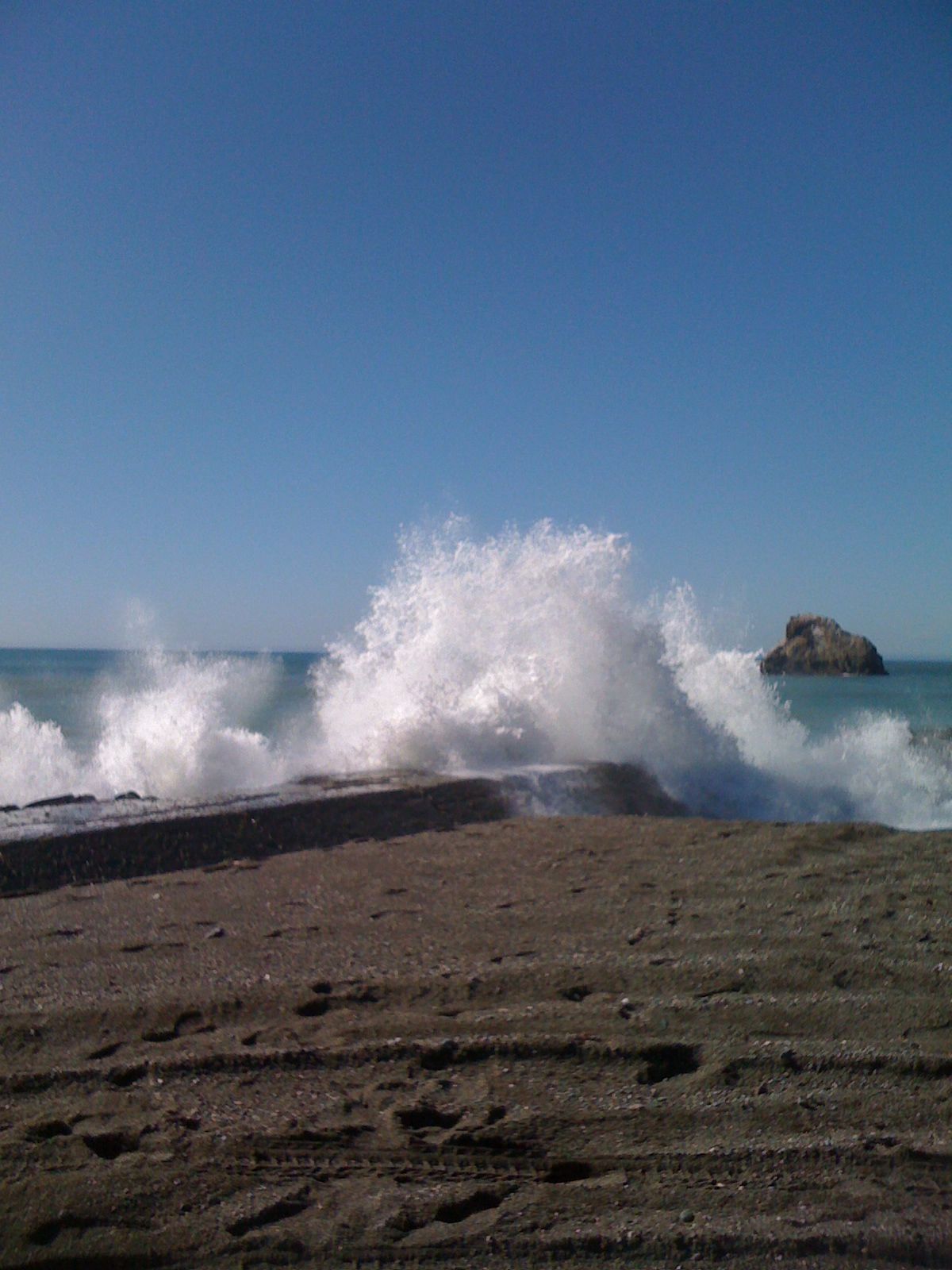The Power of Active Listening
Building Strong Connections with Your Child
In the hustle and bustle of daily life, it's easy to overlook the profound impact of truly listening to our children. Active listening, however, is a crucial skill that fosters strong, secure attachments and helps children feel understood and valued. Let's explore the components of active listening, how it applies to different age groups, and the importance of reflective listening.
The Four Components of Active Listening
Listen to Understand
- Listening to understand means fully concentrating on what the speaker is saying without planning your response. It involves being present and genuinely interested in their perspective. This deep level of listening allows you to grasp not just the words but the emotions and intentions behind them.
Refrain from Judgment
- It's easy to jump to conclusions or form judgments while listening. However, active listening requires setting aside these biases. When we refrain from judgment, we create a safe space for the speaker to express themselves freely.
Listen Without Interruption
- Interrupting can be a major barrier to effective communication. By allowing the speaker to complete their thoughts without interruption, we show respect and give them the space to articulate their feelings and ideas.
Non-Comparison
- Comparing the speaker's experiences or feelings to your own or others can invalidate their emotions. Non-comparison means acknowledging their unique experiences without minimizing or overshadowing them with comparisons.
Active Listening Across Age Groups
Toddlers
With toddlers, active listening involves getting down to their eye level, maintaining eye contact, and using simple, clear language. When a toddler says, "I'm sad," (or more likely cries or looks sad) instead of dismissing their feelings or trying to distract them, you might respond with, "I see you're sad. I am here with you?" and then wait to see if they say more. At this limited verbal stage, being close and saying “hmm” and a nod of recognition will probably be enough. This approach helps them feel heard and understood.
Elementary Age
For elementary-aged children, active listening includes asking open-ended questions and reflecting on their feelings. If your child talks about a problem at school, you might say, "That sounds frustrating. Can you tell me more?" This encourages them to explore and express their emotions.
Tweens
Tweens often face complex social dynamics. Active listening with tweens involves acknowledging their growing need for independence while still providing support. When they discuss peer issues, you could respond with, "I’m wondering if you're feeling left out. Do you want to talk more about it?" This shows empathy and validation.
Teenagers
Teenagers crave autonomy and respect. Active listening with teens means giving them space to express themselves without immediate solutions or judgments. When a teen opens up about their struggles, a response like, "That seems really challenging. How can I support you?" can be powerful. It communicates respect for their autonomy and a willingness to be there for them.
The Role of Reflective Listening
Reflective listening is a key aspect of active listening where you mirror back what the speaker has said. This technique helps the speaker feel seen and understood. For example, if your child says, "I'm upset because my friend ignored me," a reflective response would be, "It sounds like you're feeling hurt because your friend ignored you."
Reflective listening meets the fundamental human need to feel seen and validated. It shows the speaker that you are fully engaged and that their feelings are important to you. This practice strengthens secure attachments by creating a trusting and supportive relationship.
Secure Attachment and Behavior
Children with secure attachments are less likely to act out because they feel confident that their needs will be met through healthy communication. All behavior is a form of communication, an attempt to express a need or feeling. When we engage in active and reflective listening, we can look beneath the surface of a child's behavior to understand what they are truly communicating.
Using Listening as a Tool for Parents
Parent coaches often use active and reflective listening to help parents untangle their negative or reactive responses. By modeling these techniques, parents can access their inner wisdom and respond constructively to their children. This process not only improves parent-child relationships but also empowers parents to break cycles of negative behavior.
Conclusion
Active listening is a powerful tool that goes beyond merely hearing words. It involves understanding, empathy, and validation, creating a foundation for secure attachments and healthy communication. By practicing active and reflective listening, we can help our children feel seen and heard, fostering their emotional well-being and strengthening our relationships with them. In turn, these strong connections lead to better behavior and a more harmonious family dynamic. So, take a moment to truly listen to your child today—it could make all the difference. And find someone to truly listen to you.











